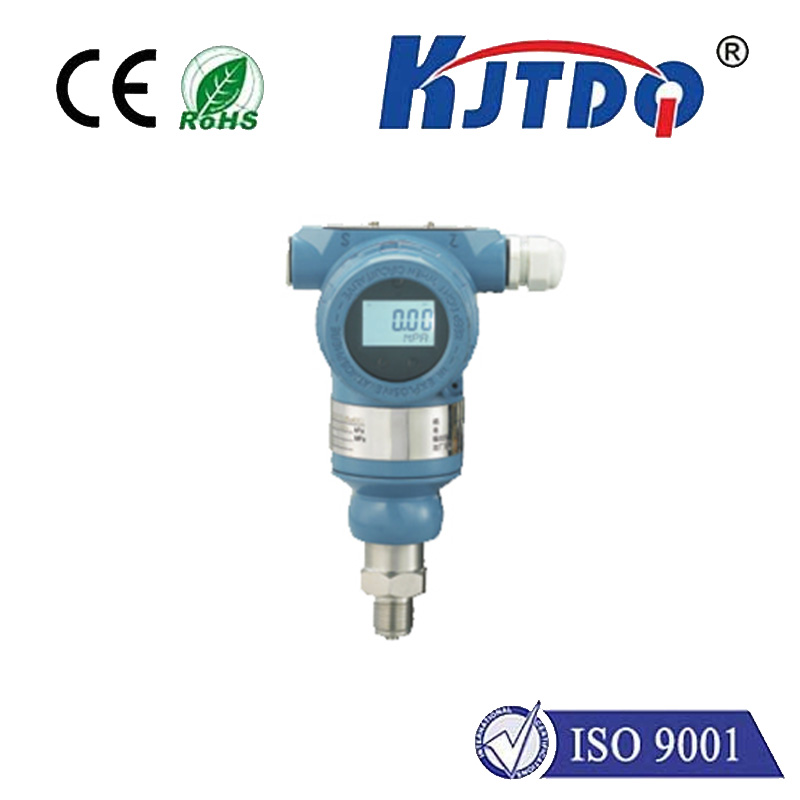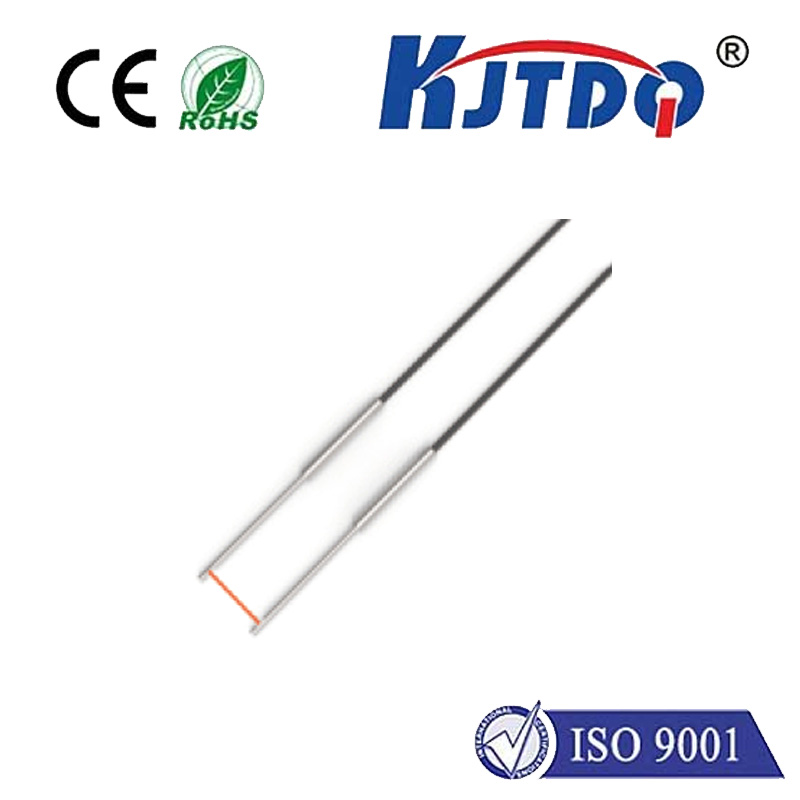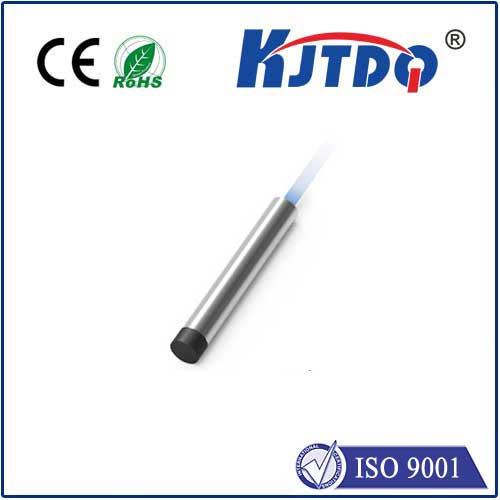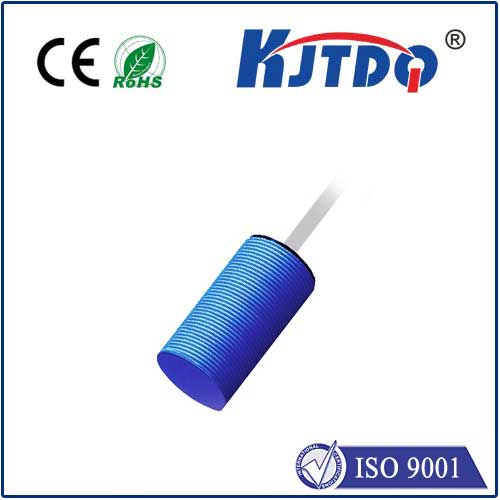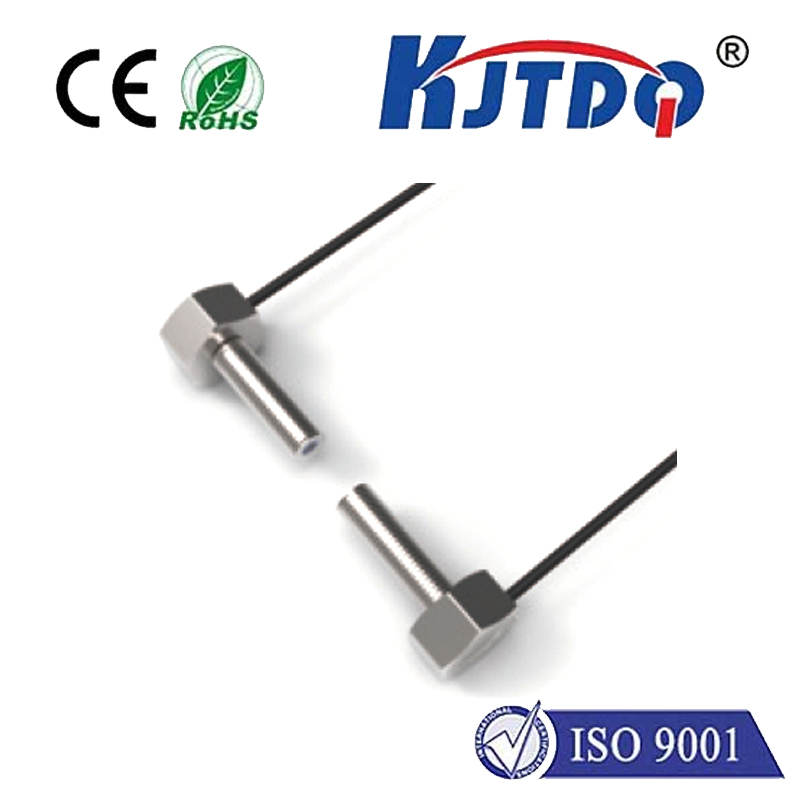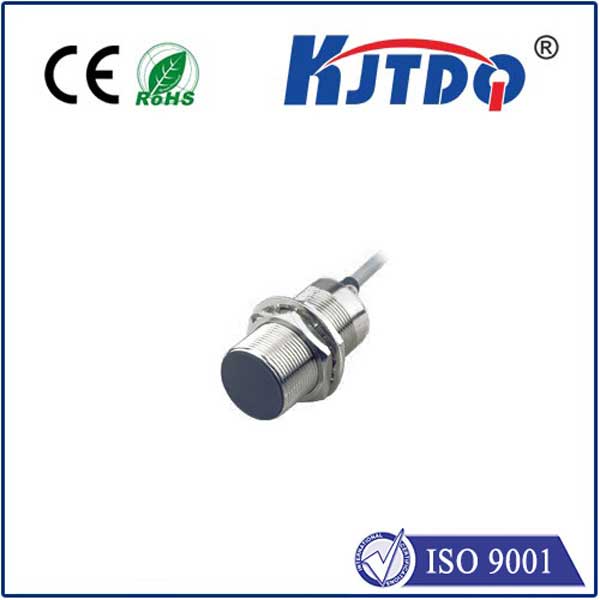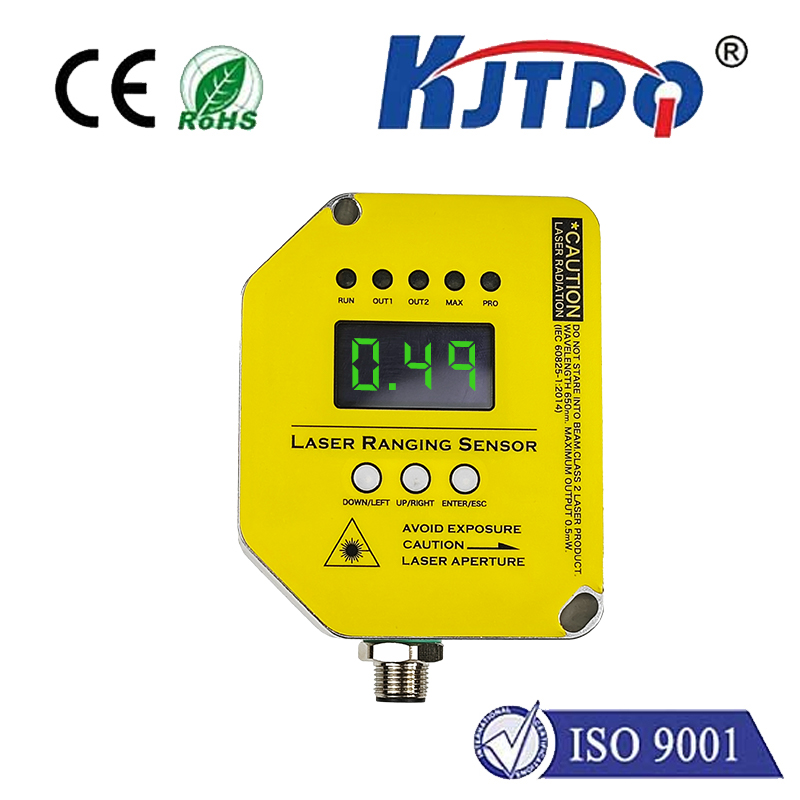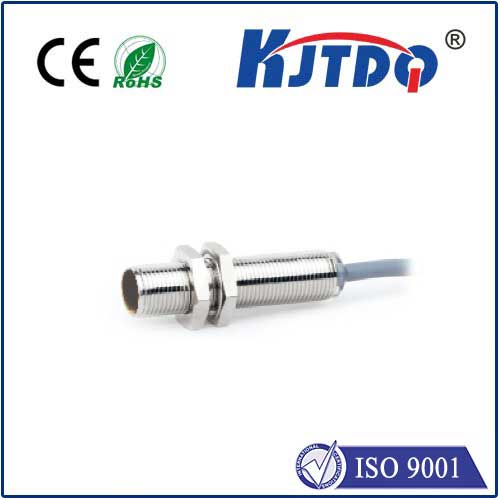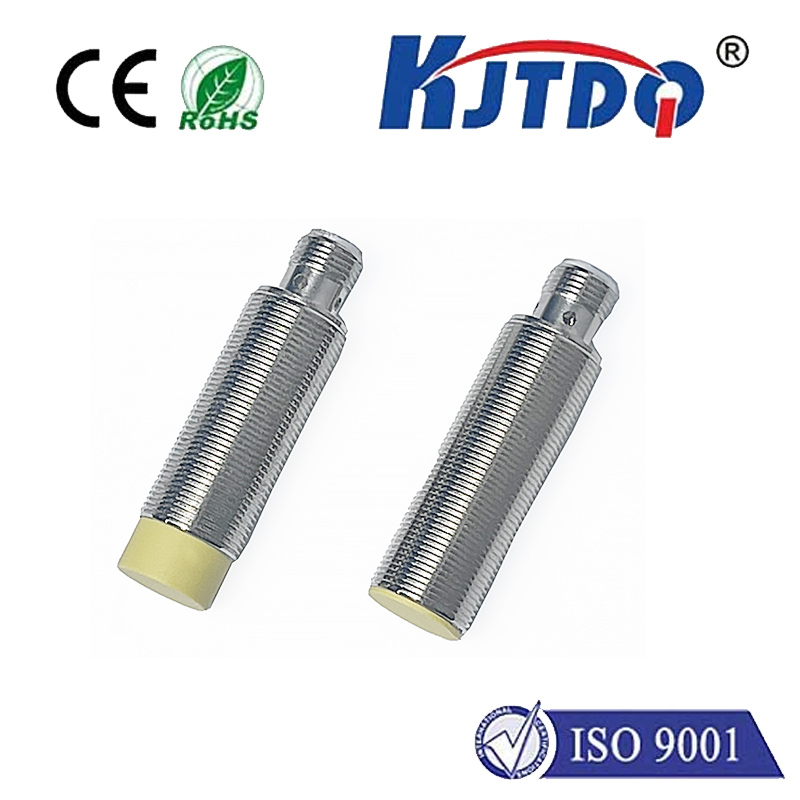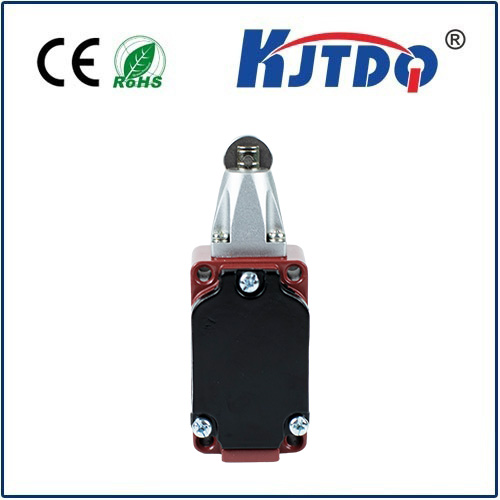sick m8 proximity sensor
- time:2025-07-18 08:57:23
- Нажмите:0
Revolutionizing Automation: The Power of SICK’s M8 Proximity Sensors
Ever felt like your production line has a blind spot? That critical moment when a sensor should detect a part, trigger an action, or confirm positioning… but doesn’t? Downtime, scrap, safety concerns – these are the frustrating realities of unreliable proximity sensing. In this high-stakes arena, the SICK M8 proximity sensor line emerges as a game-changer, renowned for its robustness and precision. Forget “sick” as unwell; in industrial circles, these sensors are “sick” in the best possible way – exceptionally capable and dependable.
Proximity sensors are the silent sentinels of automation. They provide the fundamental feedback loops that tell machines where things are without physical contact. Whether confirming the presence of a metallic object, detecting the precise edge of a product on a conveyor, or ensuring a safety guard is closed, they are indispensable. Choosing the right sensor isn’t just about function; it’s about reliability, longevity, and ultimately, the smooth, profitable operation of your entire system.
So, what makes the SICK M8 series stand out? This globally respected line encapsulates decades of German engineering expertise focused on solving real-world industrial challenges. While “M8” primarily refers to the standardized 8mm cylindrical housing thread size, it represents a comprehensive family with diverse sensing technologies and capabilities:
- M8 Inductive Sensors: The undisputed workhorses for detecting metallic objects. SICK’s M8 inductive sensors excel with:
- Exceptional Detection Ranges: Offering sensing distances that often surpass standard expectations for their compact size, providing flexibility in mounting.
- Rugged Construction: Engineered to withstand harsh industrial environments – oil, coolants, metal chips, vibration, and shock are no match for their robust build. IP67 and IP69K ratings are standard, ensuring resilience against dust and high-pressure washdowns.
- Immunity to Interference: Advanced electronics provide superior immunity to electromagnetic interference (EMI) and electrical noise, guaranteeing stable operation even amidst complex machinery and powerful motors.
- Variety: Available in shielded (flush-mountable) and unshielded (non-flush, longer range) variants, along with diverse output configurations (NPN/PNP, NO/NC) and connection types (cable or connector).
- M8 Photoelectric Sensors: Expanding beyond metals. While less common in an M8 body than inductive types, SICK offers specialized photoelectric variants (like diffuse or retro-reflective) in compact M8 formats where space is at an absolute premium and object detection beyond metal is critical.
The “Sick” Factor in Action: Real-World Impact
What does this technological prowess translate to on the factory floor? Here’s why engineers consistently turn to SICK M8s:
- Maximized Machine Uptime: Unmatched reliability minimizes false signals and unexpected failures, directly reducing costly production stoppages. When sensors work flawlessly shift after shift, your Overall Equipment Effectiveness (OEE) soars.
- Uncompromising Precision: Accurate detection is non-negotiable in processes like robotic part handling, precise positioning for assembly, or quality control gates. M8 sensors deliver the repeatability required for high-quality output.
- Space Optimization: In today’s increasingly compact machinery and densely packed control panels, the small footprint of the M8 sensor is a significant advantage. It fits where larger sensors simply cannot, enabling more elegant and efficient machine designs.
- Simplified Maintenance & Longevity: Built tough to last. The robust construction means fewer replacements, while standardized M8 mounting simplifies installation and swap-outs if needed. This translates directly to lower total cost of ownership (TCO).
- Versatility Across Applications: From automotive assembly lines sensing engine blocks to food packaging machines verifying carton flaps, and material handling systems tracking pallet positions, the M8 series provides a reliable solution across virtually every sector.
Integrating SICK M8 Proximity Sensors: Key Considerations
Harnessing the full “sick” potential requires thoughtful integration:
- Define the Task: Precisely what needs detection? (Metal presence, part position, object counting, edge detection?) The application dictates whether inductive or (if needed and available) photoelectric M8 is optimal.
- Environmental Conditions: Assess the operating environment – temperature extremes, potential for chemical exposure, dust, moisture levels, and vibration. SICK M8s are tough, but confirming the exact specification for your harsh conditions is prudent.
- Required Sensing Range & Mounting: Determine the necessary operating distance and any space constraints dictating shielded vs. unshielded inductive models.
- Electrical Interface: Match the sensor output (NPN sinking, PNP sourcing, Normally Open/Closed) and voltage requirements to your PLC or control system. Choosing the correct cable length or connector type is crucial for a clean installation.
- Regulatory Compliance: Ensure the selected model meets necessary safety standards for your application, especially in critical safety functions (though often used in non-safety loops).
The relentless pursuit of efficiency and reliability defines modern industry. Sensors are the foundation of this intelligence, and proximity sensors are among the most fundamental. SICK’s M8 proximity sensor line represents a pinnacle of compact, robust, and high-performance sensing technology.
By delivering exceptional accuracy, unmatched resilience against harsh environments, and unwavering reliability, these sensors eliminate downtime headaches and contribute significantly to smooth, productive operations. When engineers seek proximity sensors that won’t let the team down, the term “SICK M8” consistently surfaces – not because it’s ill, but because its performance is seriously impressive. They embody the precision and dependability essential for the automated systems driving the future of manufacturing and beyond. Understanding their strengths and implementing them strategically is an investment in operational excellence. The era of “blind spots” ends with reliable detection.
